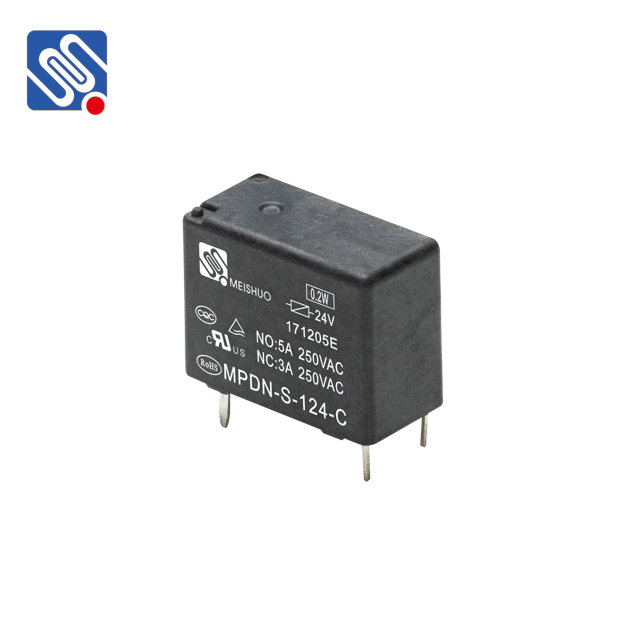understanding low-power relays: applications and benefits
Release time:2025-11-09 03:42:11
Low-power relays have become an essential component in modern electronics, offering a reliable solution for switching electrical circuits with minimal energy consumption. As technology advances, the demand for more efficient, energy-saving devices continues to grow, making low-power relays an ideal choice in various applications. In this article, we will explore the working principle, benefits, applications, and considerations when selecting a low-power relay for specific tasks.

What is a Low-Power Relay?
A low-power relay is a type of electrical switch that uses very little power to control larger electrical circuits. Unlike traditional relays, which may require significant energy to operate, low-power relays are designed to function with a minimal electrical load. This makes them highly suitable for battery-powered devices, energy-efficient systems, and embedded applications, where conserving energy is crucial.
The key distinction of low-power relays lies in their ability to operate with a reduced input power, typically using low-voltage control signals, such as those from microcontrollers or logic circuits. Despite their low power consumption, these relays can still handle significant loads, making them versatile components in the realm of electrical switching.

